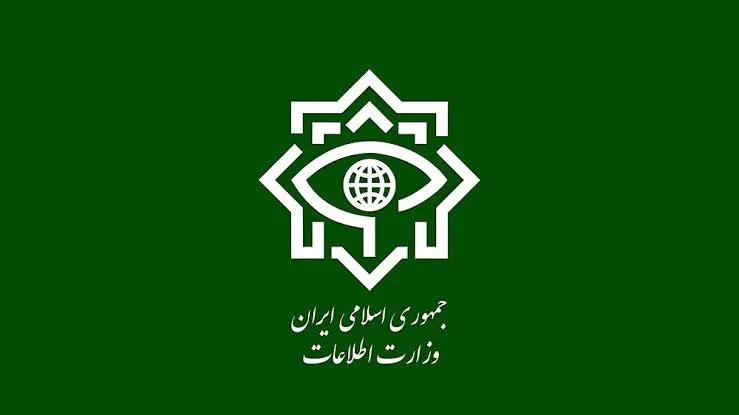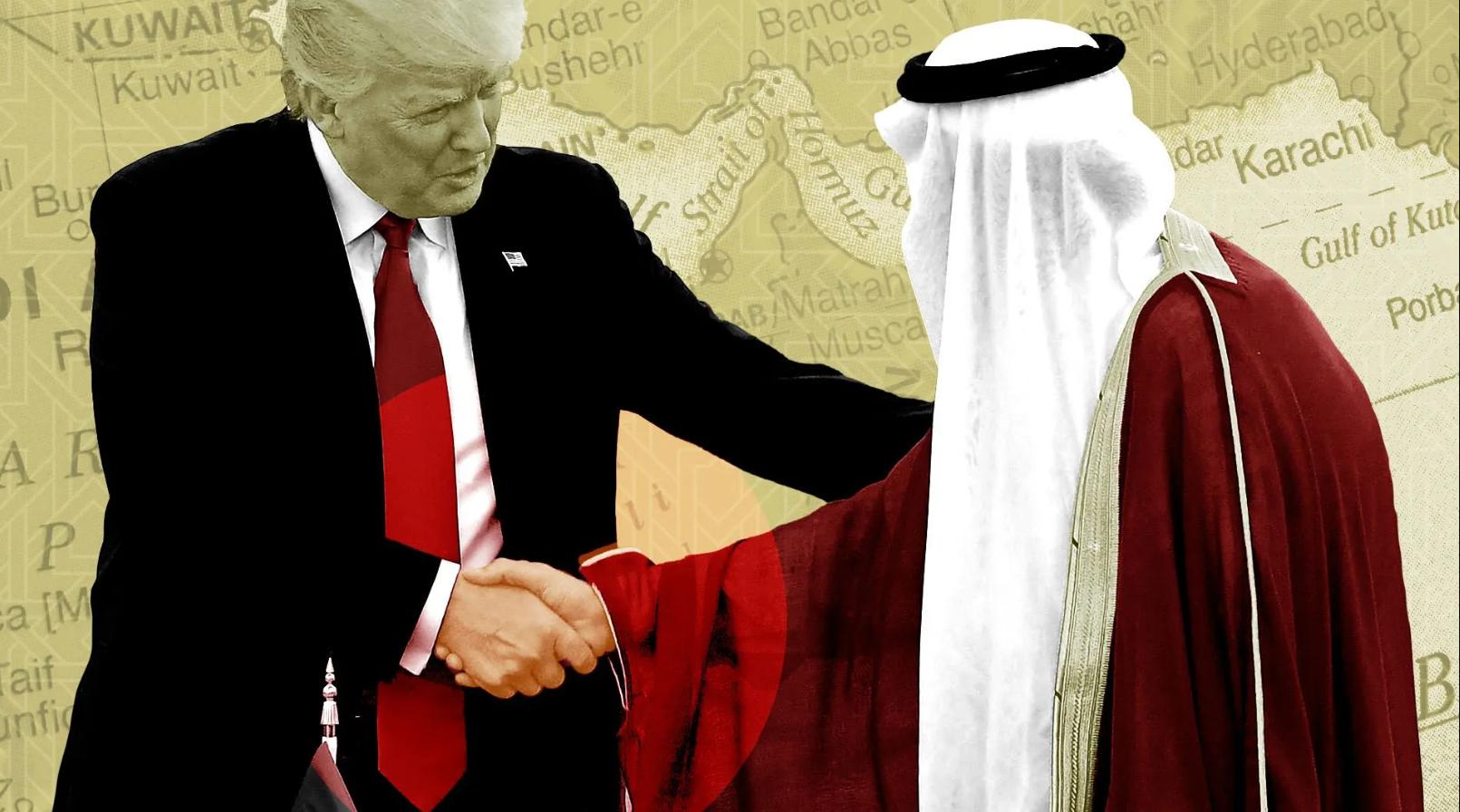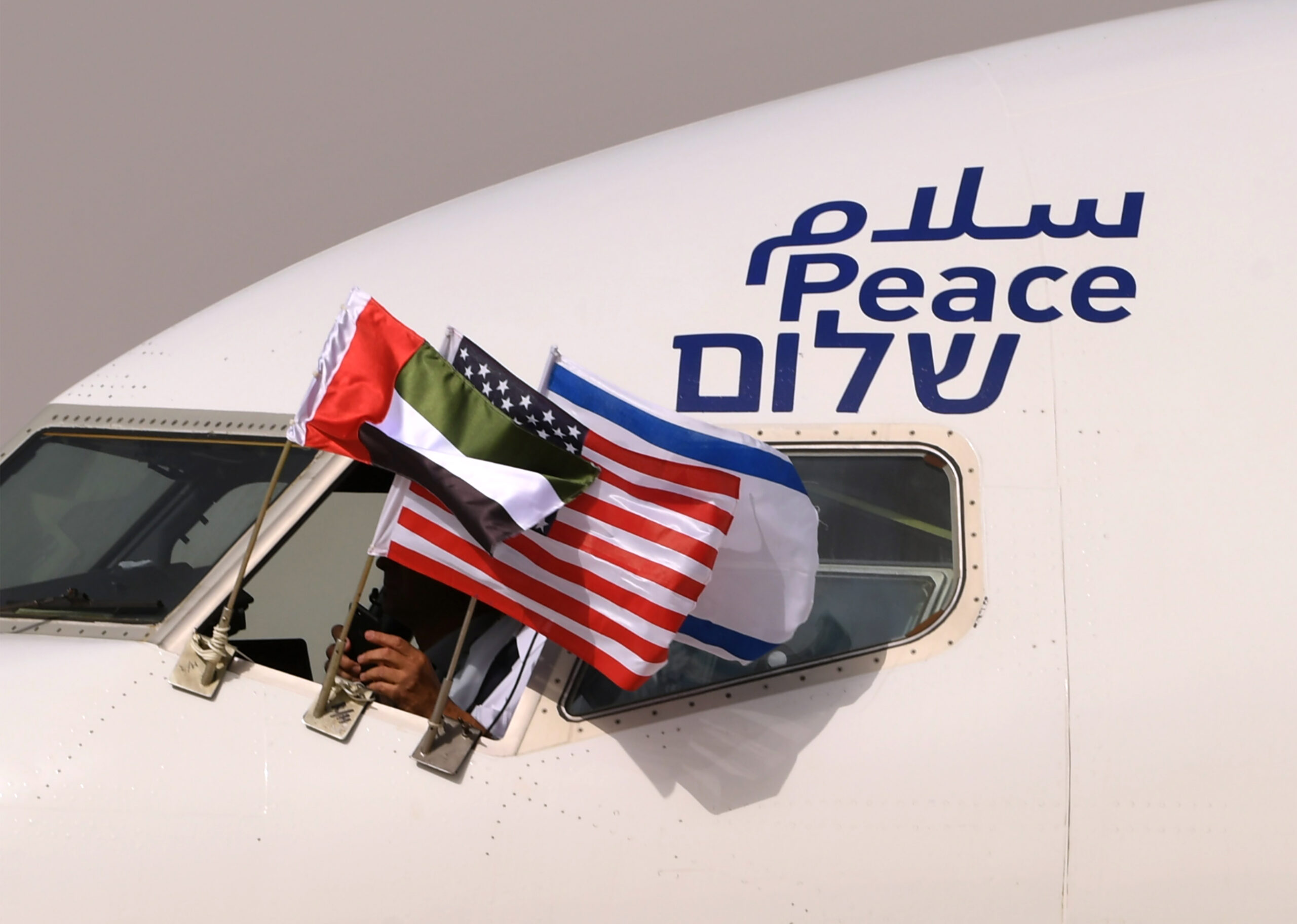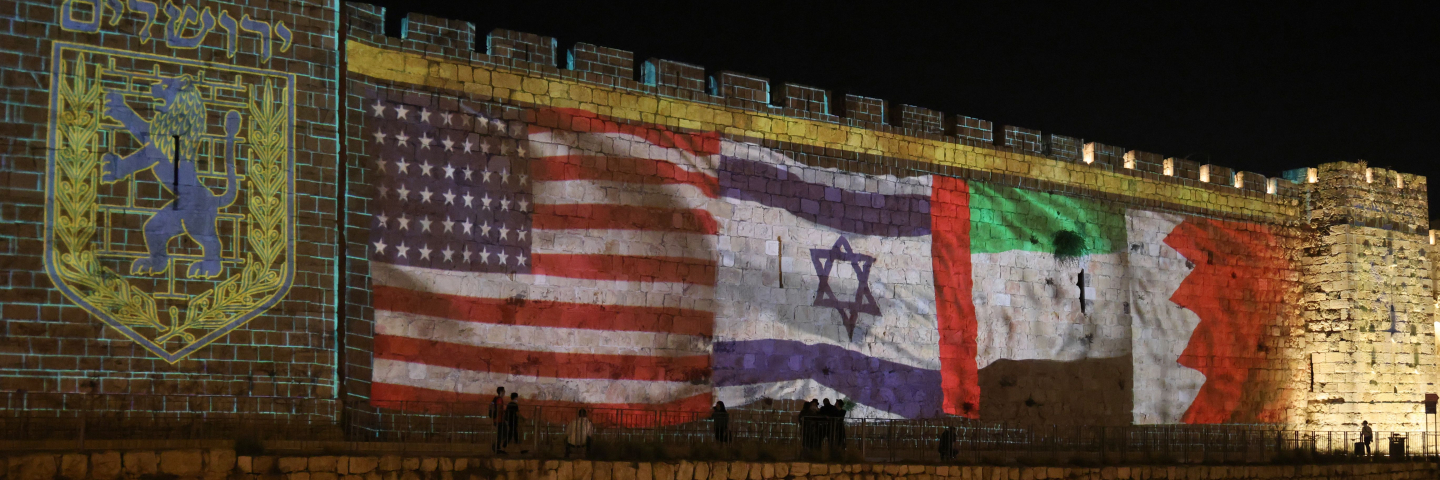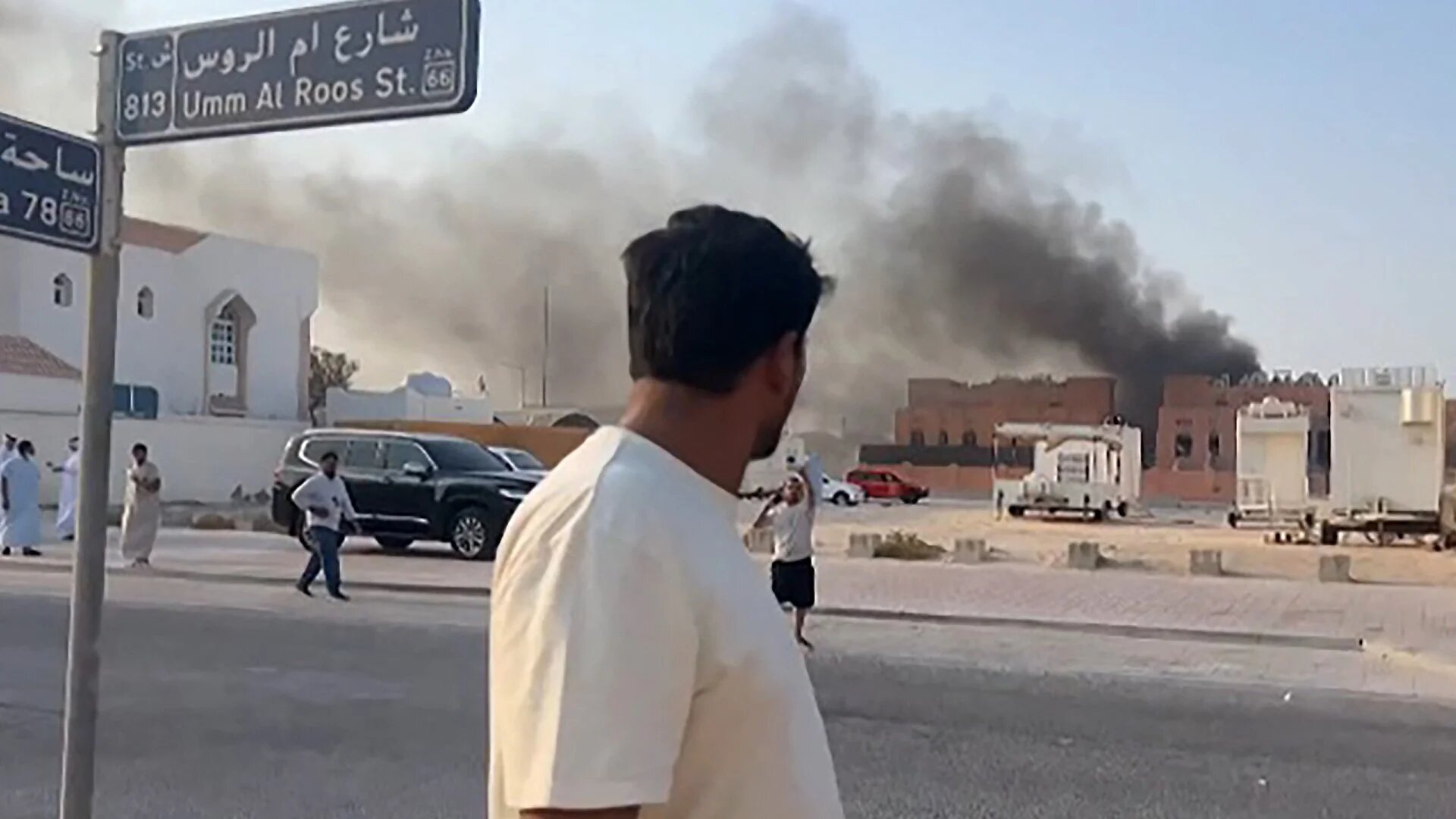The Ministry of Intelligence of the Islamic Republic of Iran, in a public statement, presented a report on the organization’s performance during the period of the Zionist regime’s imposed war against Iran (June 13 to June 25) and the days leading up to the conflict. The statement reads as follows:
Tehran – Iran View 24
1. Nature of the 12-Day War
The aggression launched in the early hours of Friday, June 13 (23 Khordad), by the hostile American-Zionist axis against dear Iran was not a limited military operation targeting nuclear and defensive capabilities. According to a comprehensive body of intelligence findings, what transpired was a fully integrated war operation—strategically orchestrated and employing combined military, security, intelligence, cognitive warfare, diversionary tactics, terrorism, sabotage, destabilization efforts, and internal insurgency. The objective was nothing short of coercing Iran into submission, overthrowing the Islamic Republic, and disintegrating the territorial integrity of great Iran.
This plot was masterminded by the duplicitous regime ruling the United States, implemented by the criminal Zionist syndicate, and supported by several European countries. It further relied on proxies such as counter-revolutionary groups, Takfiri terrorists, and armed bandits.
2. Multidimensional Preparations for the War
Preparations for this aggression extended far beyond military and armament prerequisites and included hybrid groundwork such as:
-
Orchestrated negotiations as a deceptive ploy;
-
Misuse of international institutions via false accusations against Iran regarding nuclear obligations;
-
An unjust and illegal resolution by the IAEA Board of Governors;
-
A barrage of psychological warfare and cognitive operations conducted through the hegemonic media networks and Western diplomats;
-
Full-spectrum deployment of advanced intelligence and technical assets including:
-
Satellite surveillance,
-
Cyber operations,
-
Signal interception,
-
Telecommunications and internet monitoring,
-
Quantum computing and AI,
-
Advanced aerial imaging,
-
Social media engineering, and more—
-
All executed using the capabilities of CENTCOM, the Pentagon, and affiliated Western, American, and Zionist tech giants.
3. Strategic Miscalculations of the American-Zionist Axis
The American-Zionist front, relying on illusions, misguided analysis from materialist Western strategists, and false reports from Iranian counter-revolutionaries, assumed—foolishly and wrongly—that the Islamic Republic of Iran could be overthrown through a “dirty war” model of American regime-change operations. Their goal was to defeat the axis of Islamic civilization and global resistance.
However, they were overwhelmed and paralyzed by the iron will and faith of the Iranian nation and the steadfast power of the experienced and courageous armed forces of the Islamic Republic, under the wise and firm command of the Commander-in-Chief, Grand Ayatollah Imam Khamenei (may his noble existence be prolonged).
4. The Steadfast Stand of the Intelligence Community in the 12-Day Hybrid War
In this war, the anonymous and selfless soldiers of Imam Mahdi (may God hasten his reappearance) within the Ministry of Intelligence, and the broader intelligence community, engaged in an unrelenting and silent confrontation—not only against the degraded Zionist regime but also against the Western intelligence-security NATO.
They stood fearlessly against a wide range of security threats and enemy agents, fought valiantly in direct combat, captured traitorous elements and foreign operatives, or dismantled them in armed encounters. In this quiet battlefield, martyrs and wounded defenders were offered in service of Islamic Iran and the proud Iranian people.
5. The Offensive Intelligence Campaign: Penetration of the Zionist Entity
The silent battle waged by the Ministry of Intelligence was not merely defensive. In parallel with its comprehensive security safeguarding mission, it launched a historically unprecedented and multifaceted offensive intelligence operation deep into occupied territories against the criminal Zionist regime. The following are highlights of those operations:
1/1. Offensive Espionage within the Zionist Entity
Numerous and diverse intelligence offensives were conducted in various cities of the occupied territories. Key operations included the recruitment of operational agents from the innermost military and intelligence layers of the regime, with missions to collect and verify highly sensitive visual and written reports.
Despite the regime’s detection and arrest of a few Israeli collaborators, the more sensitive operations remain active. The exposed cases caused such alarm within the Zionist structure that multiple public warnings were issued by its intelligence and security institutions, urging citizens to avoid collaboration with Iranian intelligence under threat of severe punishment.
2/1. Penetration of Zionist Nuclear Secrets
Sensitive documents were successfully obtained from the so-called “nuclear intelligence treasury” of the Zionist regime prior to the 12-Day War. These included exact coordinates of key military, nuclear, economic, and infrastructure sites—including refineries, power plants, bioweapon research labs, and guided-frequency command systems—which were relayed to Iranian armed forces before, during, and after the war.
3/1. Covert Diplomatic Channels
Hidden diplomatic mechanisms were activated to share intelligence developments and warnings with regional intelligence services. Data exchanges were conducted with select intelligence partners in the region.
4/1. Arrest of 20 Mossad Agents
Twenty operatives tied to Mossad were identified and detained in provinces including Tehran, Alborz, Qazvin, Arak, Isfahan, Fars, Kerman, Khuzestan, Zanjan, Mazandaran, West Azerbaijan, and Kurdistan. Some arrests were in joint operations with military intelligence units.
5/1. Detection of Economic Saboteurs
Several agents linked to Mossad’s economic and industrial sabotage programs were uncovered while planning attacks on sensitive infrastructure.
6/1. Destruction of Enemy Operational Bases
Enemy safehouses and logistical locations in several provinces used during the war were discovered and neutralized, preventing multiple terrorist operations.
7/1. Prevention of Assassinations
Plots to assassinate 23 senior Iranian officials during the war—and 13 similar plots in the preceding months—were uncovered and thwarted, saving 35 high-level officials.
8/1. Protection of Iran’s Strategic Infrastructure
New targets identified by the enemy in Iran’s nuclear and military sectors were promptly reported and their planned sabotage operations neutralized.
2) Terrorist, Takfiri, and Separatist Groups
The American-Zionist axis mobilized a range of Takfiri, separatist, and extremist groups to conduct operations intended to create chaos, insecurity, and even territorial fragmentation of the Islamic Republic.
Key countermeasures by the Ministry of Intelligence included:
1/2. Arrest of ISIS Commanders
Three ISIS “emirs” and 50 armed Takfiri terrorists were arrested inside Iran along with suicide vests and heavy weapons.
2/2. Prevention of Border Infiltration
A group of 300 foreign terrorists, stationed at a southeastern border base and ready for incursion into Iranian soil, was detected and neutralized.
3/2. Monitoring of Takfiri Fighters in Syria
Intelligence revealed that 150 Takfiri militants in Syria were preparing to move against Iran. Preemptive actions prevented their mobilization.
4/2. Disruption of a 12-Point Invasion Plan
A separatist group’s plan—modeled after the Syrian civil war—was discovered along the western borders, leading to arrests and the destruction of their weapons caches.
5/2. Surveillance of Armed Group Movements in Iraqi Kurdistan
Intelligence confirmed the entry of separatist leaders into Iraqi Kurdistan and monitored military drills of hostile groups, triggering preventive responses.
6/2. Crackdown on MEK “Rebellion Cells”
Cells of the terrorist MEK group were disrupted in provinces such as Tehran, West Azerbaijan, Sistan and Baluchistan, Qazvin, Hormozgan, and others.
7/2. Urban Terror Cells Neutralized
Two major urban-based terrorist networks were dismantled before launching attacks in Kurdish regions.
8/2. Arrest of Ethnic Separatists
Extremist ethnonationalists promoting separatism in alignment with the Zionist regime were arrested in various regions.
9/2. Prevention of Land-Grabbing Operations
Preemptive and retaliatory actions thwarted plans by terrorists to seize territory in the northwest and southeast.
10/2. Capture of Key Support Networks
Leaders and technical support units of a longstanding anti-national separatist group in Sistan and Baluchistan were arrested before launching terror operations.
3) Foiling Regime-Change Plots, “Alternative Government” Schemes & Sectarian Subversion
1/3. Exposure of a Grand American-Zionist Plot to Install a Puppet Government
Full intelligence control was achieved over a wide-reaching plan to establish a puppet regime in Iran. This plan centered around the disgraced heir of the Pahlavi dynasty, and involved active roles by hardline Iranian-born Zionist figures such as:
-
Ben Sabti (former spokesperson of the Zionist regime),
-
Bijan Rafiee-Kian (close associate of Netanyahu),
-
Ari Moghimi (Zionist rep in monarchist circles),
This clique sought to officially designate Reza Pahlavi as head of a so-called “government-in-exile”, while advancing a parallel Israeli plan for fragmentation of Iran via monarchist operatives.
2/3. Thwarting Armed Monarchist Operations in Tehran
A joint Mossad-monarchist operation was uncovered, aiming to mobilize armed teams across Iran to Tehran on June 21, to coincide with the bombing of Evin Prison and subsequent chaos near military and security centers.
Their aim was to initiate wide-scale unrest, coordinated through Persian-language Zionist media and direct calls from Reza Pahlavi. The plan was crushed with the arrest of 122 agents in 23 provinces before any operations could commence.
3/3. Arrest of Crypto-Paid Saboteurs
Several organized networks receiving payment in cryptocurrency (Tether) from Zionist-monarchist hubs abroad were exposed. 65 saboteurs were arrested in the days leading up to the war.
4/3. Surveillance of Baha’i Sectarian Conspiracy
Intelligence revealed increased activity of the Zionist-linked Baha’i sect, based in Haifa. Dozens of its operatives engaged in hostile coordination were arrested nationwide.
5/3. Targeting Christian-Zionist Conversion Cells
Despite centuries of peaceful Christian-Muslim coexistence in Iran, Zionist entities tried to undermine this bond via so-called “Evangelical Christian” networks connected to:
-
Church of Salvation (Seattle, USA)
-
Flourishing Church (Occupied Palestine)
53 trained operatives were arrested. Weapons were also recovered during raids.
6/3. Recruitment of Celebrities for Subversion
Efforts to recruit famous artists, athletes, and influencers into Zionist-monarchist networks abroad (notably Turkey & USA) were intercepted. A key dual-national coordinator was detained.
7/3. Penetration of Anti-Iranian Media Networks
The domestic network supporting the terrorist-Zionist outlet “Iran International” was fully mapped. 98 agents linked to this propaganda network were summoned or arrested.
4) Cyber, Signal & Online Operations of the Enemy
1/4. Psychological Warfare Monitoring
Continuous monitoring of enemy psyops and propaganda campaigns on social media and web platforms, aiming to incite unrest or organize riots.
2/4. Disruption of Enemy Chat Networks
Identification and arrest of admins and operators of covert chat groups and digital “street combat” coordination hubs working with Zionist intelligence.
3/4. Signal Surveillance and Disruption
Real-time tracking and countermeasures against enemy signal intelligence and digital infiltration attempts.
4/4. Cyber Defense Operations
Prevention of cyber attacks and technical sabotage attempts using advanced threat detection tools.
5/4. Disinformation via Foreign Numbers
Detection of suspicious foreign calls (from multiple countries) by Mossad agents trying to:
-
Incite fear and confusion
-
Offer illegal emigration help
-
Lure targets with fake promises of asylum
All such efforts were unsuccessful, thanks to public awareness.
5) Counter-Terrorism & Arms Interdiction
Evidence showed that multiple terrorist and separatist groups had stockpiled weapons near Iran’s borders for “zero hour” attacks. Ministry efforts led to:
1/5. Interception of Major Weapon Shipments
Six main weapons convoys were seized en route to Kurdistan Province, including:
-
RPG-7s, grenade launchers, AK-47s, pistols, and ammunition.
2/5. Raids on Explosives Caches
Operations in Sistan-Baluchestan and Kerman resulted in the seizure of:
-
RPGs, explosives, grenades, machine guns, and tactical gear.
3/5. Disruption of Foreign Arms Networks
Two major international arms traffickers were exposed. Shipments of M4s, M16s, grenades, radios, and more were confiscated.
6) Managing Social Provocations
Given the enemy’s focus on social agitation during and after the war, the Ministry of Intelligence undertook:
1/6. Preventive Public Engagement
Thousands of public outreach and clarification initiatives were conducted across the country to defuse tensions and debunk enemy narratives.
2/6. Protection of Vital Facilities
Heightened vigilance around critical industrial and service centers to prevent sabotage or engineered crises.
3/6. Neutralization of Economic Chaos Plans
Monitoring and arrest of insider agents and collaborators attempting to fuel artificial shortages, inflation, or public panic.

